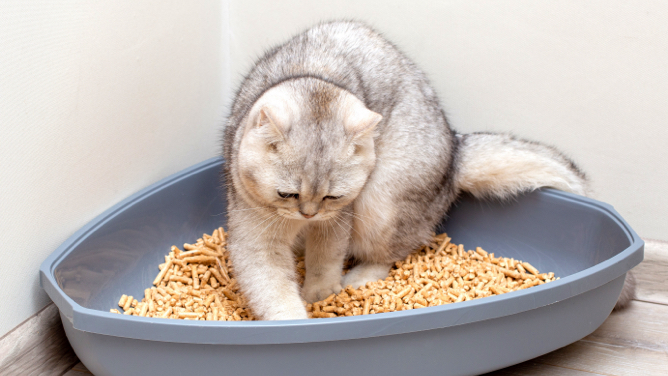Feeling nervous about training your kitten or cat to use the litter box? Don’t worry! Most cats naturally adapt to it with ease. However, providing them with the right tools and a supportive environment is key to success. Here are some tips to help your feline friend master the litter box like a pro.
Cats like privacy, but they also want to feel safe while using the litter box. Placing the litter box in a quiet, low-traffic area away from their food and water bowls is essential. Avoid putting it near loud appliances or in rooms where people come and go frequently.
For kittens or newly adopted cats, start by placing the litter box in a small, confined area (like a bathroom or laundry room). As they become familiar with their new surroundings, you can gradually increase their access to the rest of the house.
When you bring your cat or kitten home, gently place them in the litter box to familiarize them with it. Most cats will naturally start to sniff around and explore.
If your cat doesn’t immediately understand that the litter box is where they should go, be patient. You can place them in the box after meals or naps, as these are common times when cats feel the urge to eliminate. If they successfully use it, give them gentle praise or a small treat.
Make a habit of scooping the litter daily, and do a full litter change and box cleaning at least once a week. If you’re using a non-clumping litter, you’ll need to change it more frequently. Avoid harsh chemical cleaners, as the residual scents can deter your cat from using the box. A mild soap and water solution is usually sufficient.

Training a cat to use the litter box doesn’t happen overnight, but with time and patience, your cat will understand. Consistency is key: Keep the box in the same place, use the same type of litter and establish a cleaning routine. If your cat makes a mistake, don’t punish them. Instead, clean the area thoroughly to remove the scent, as lingering smells can encourage repeat behavior.
With a little patience and effort, you’ll have a well-trained cat who knows exactly where to go when nature calls.